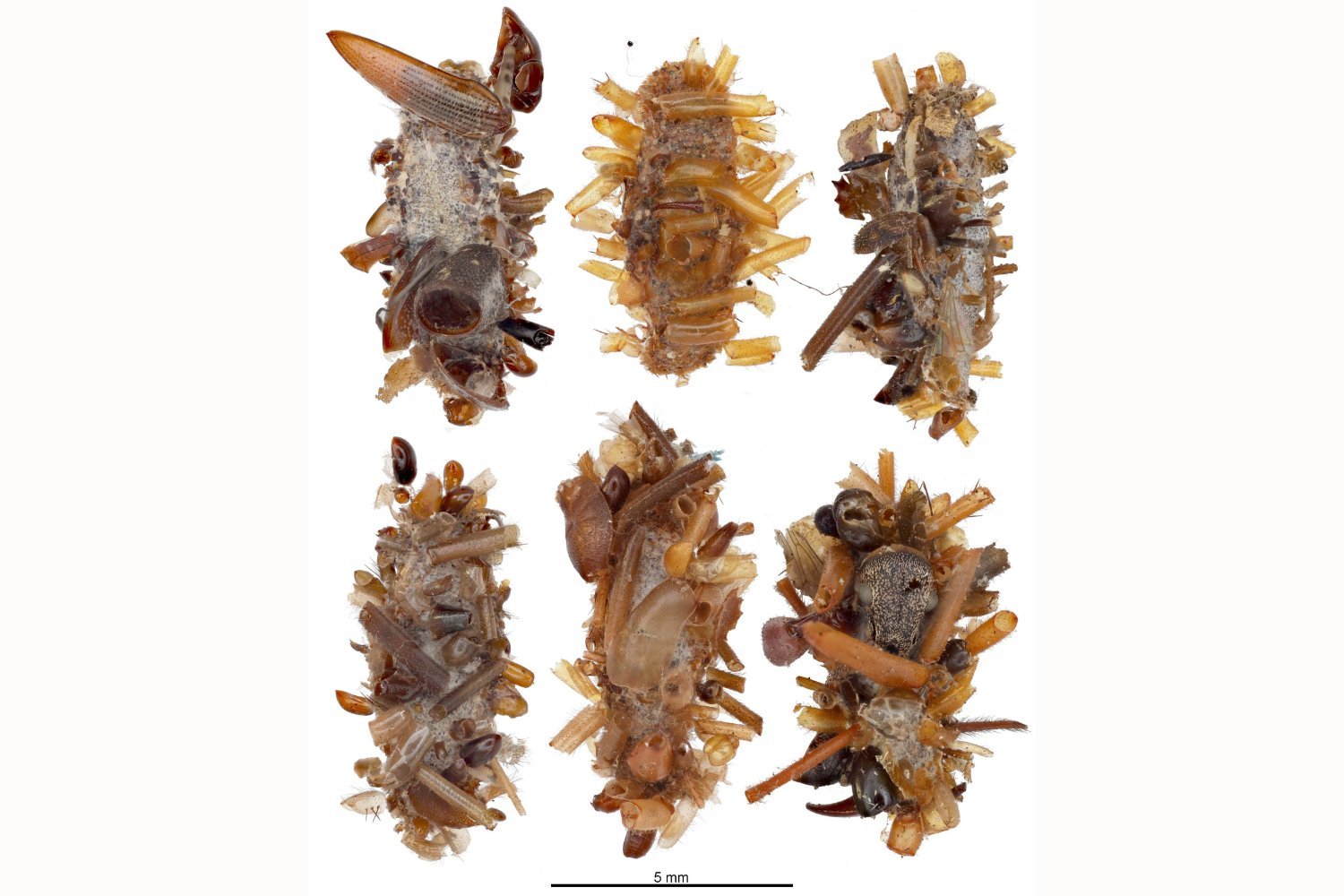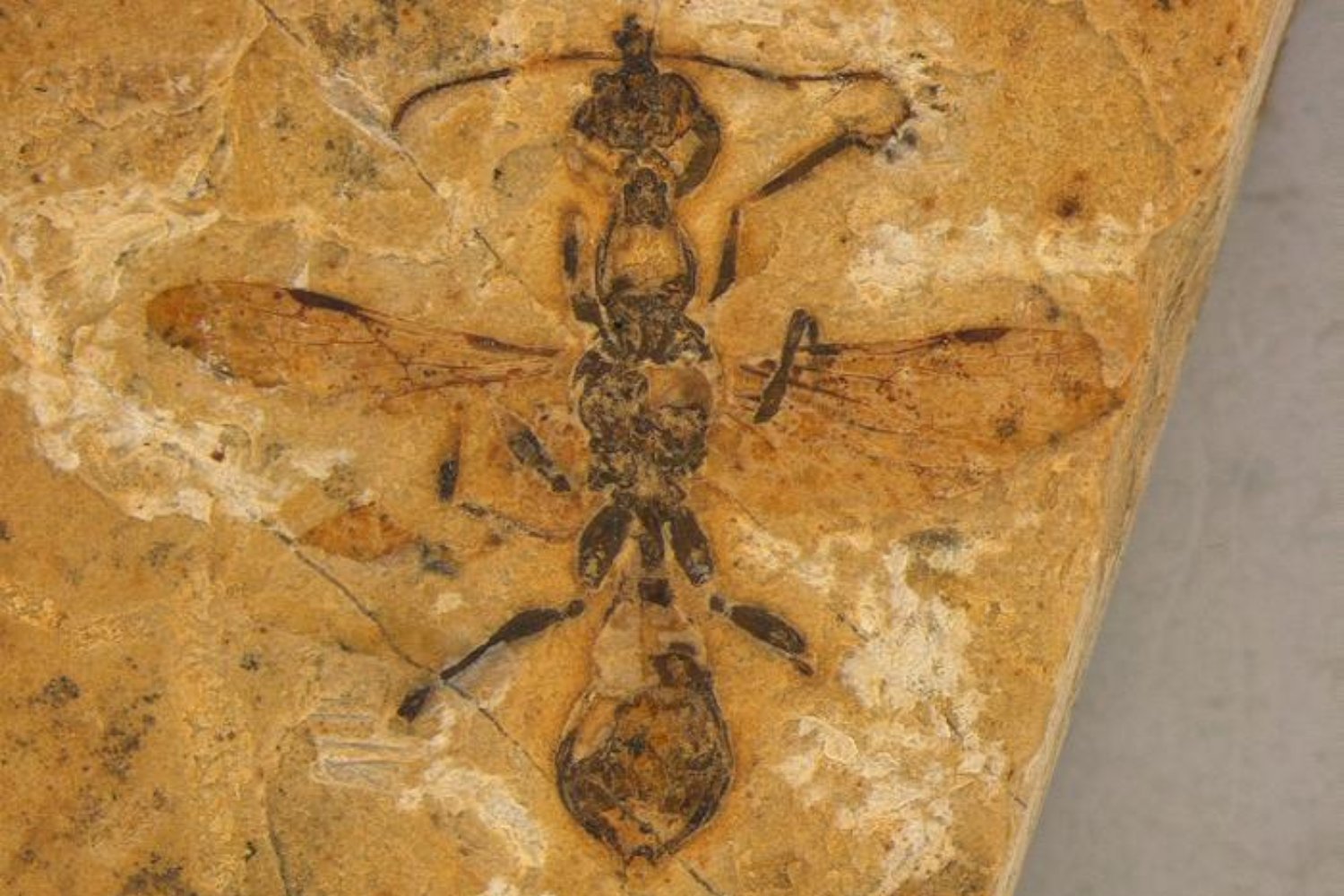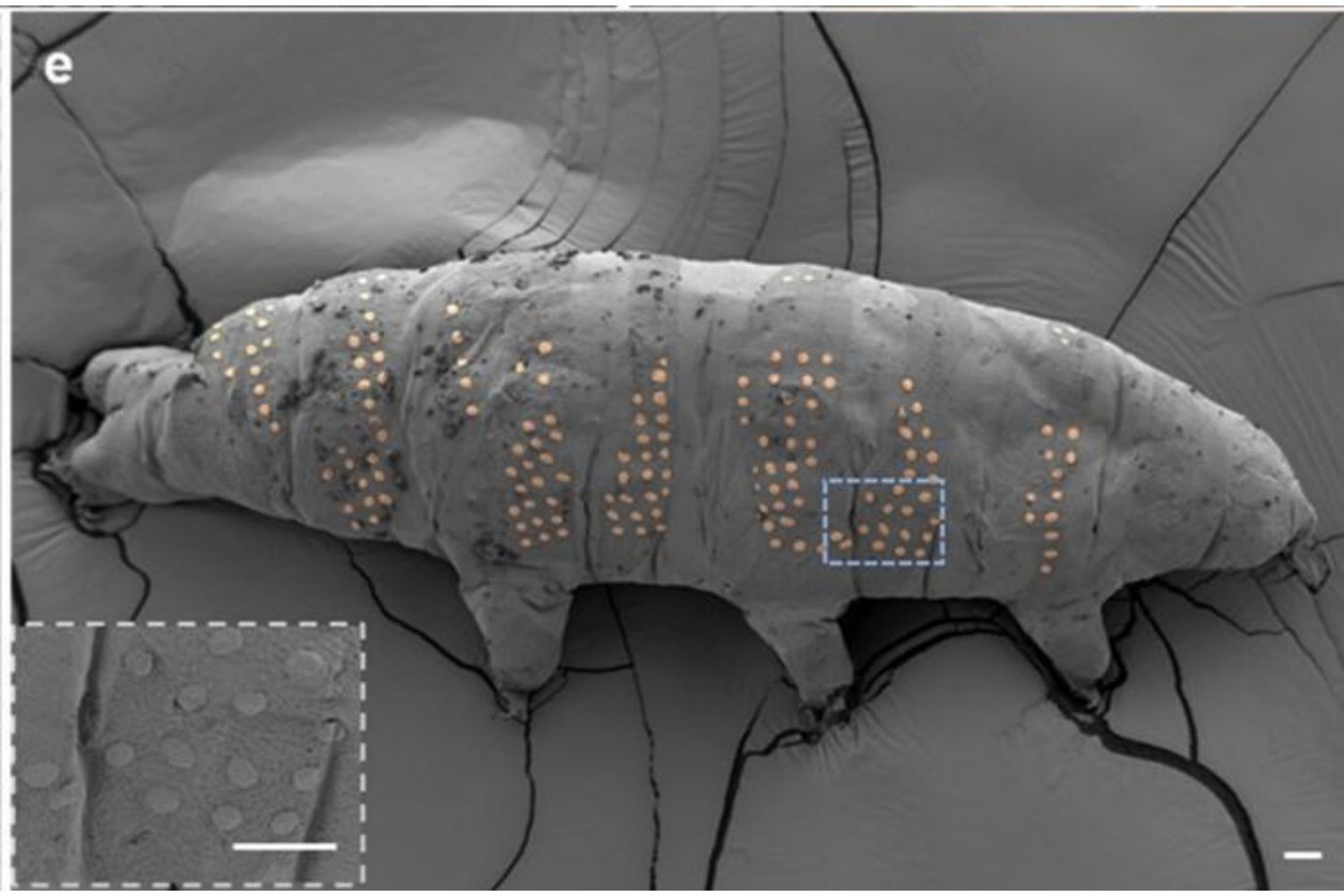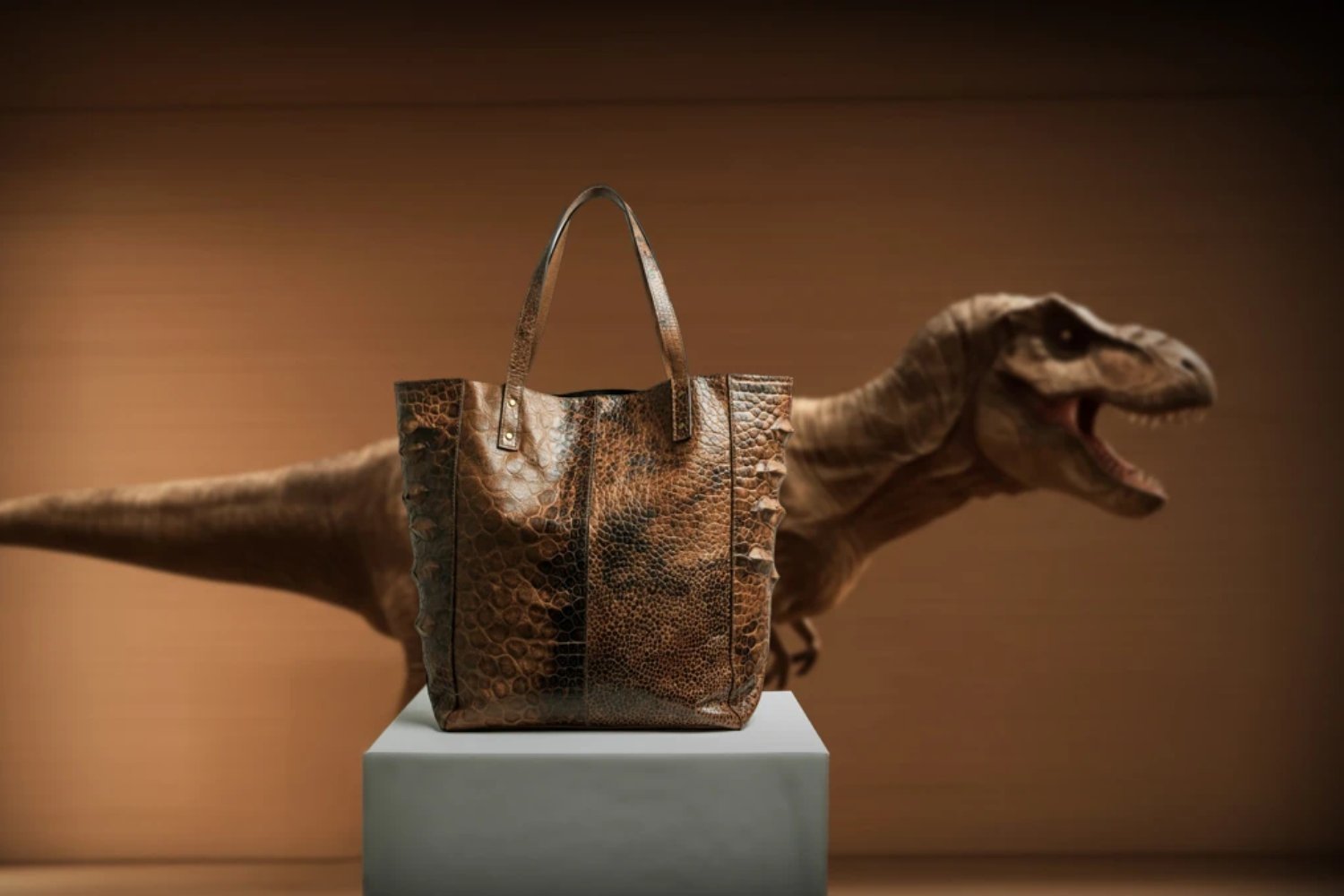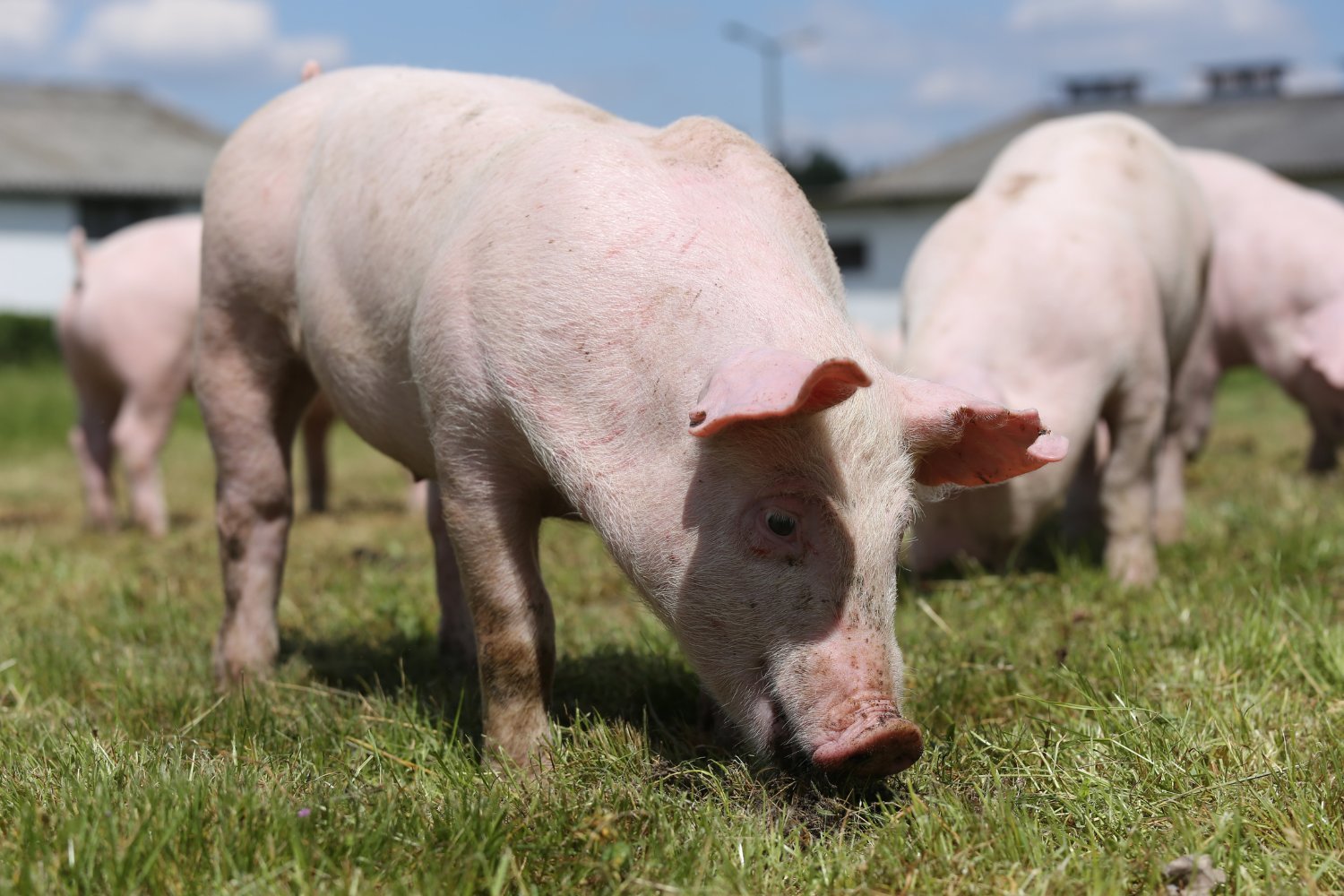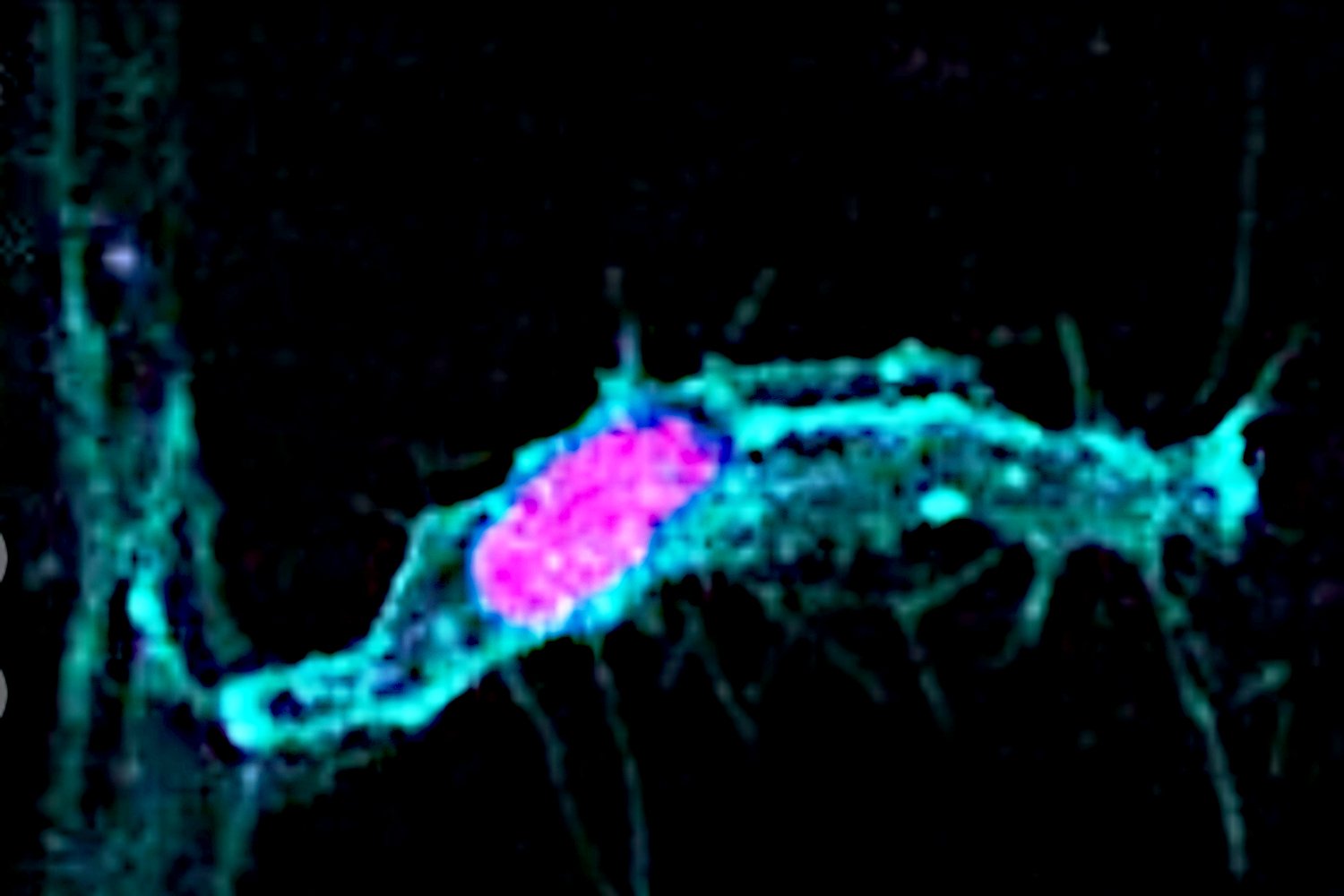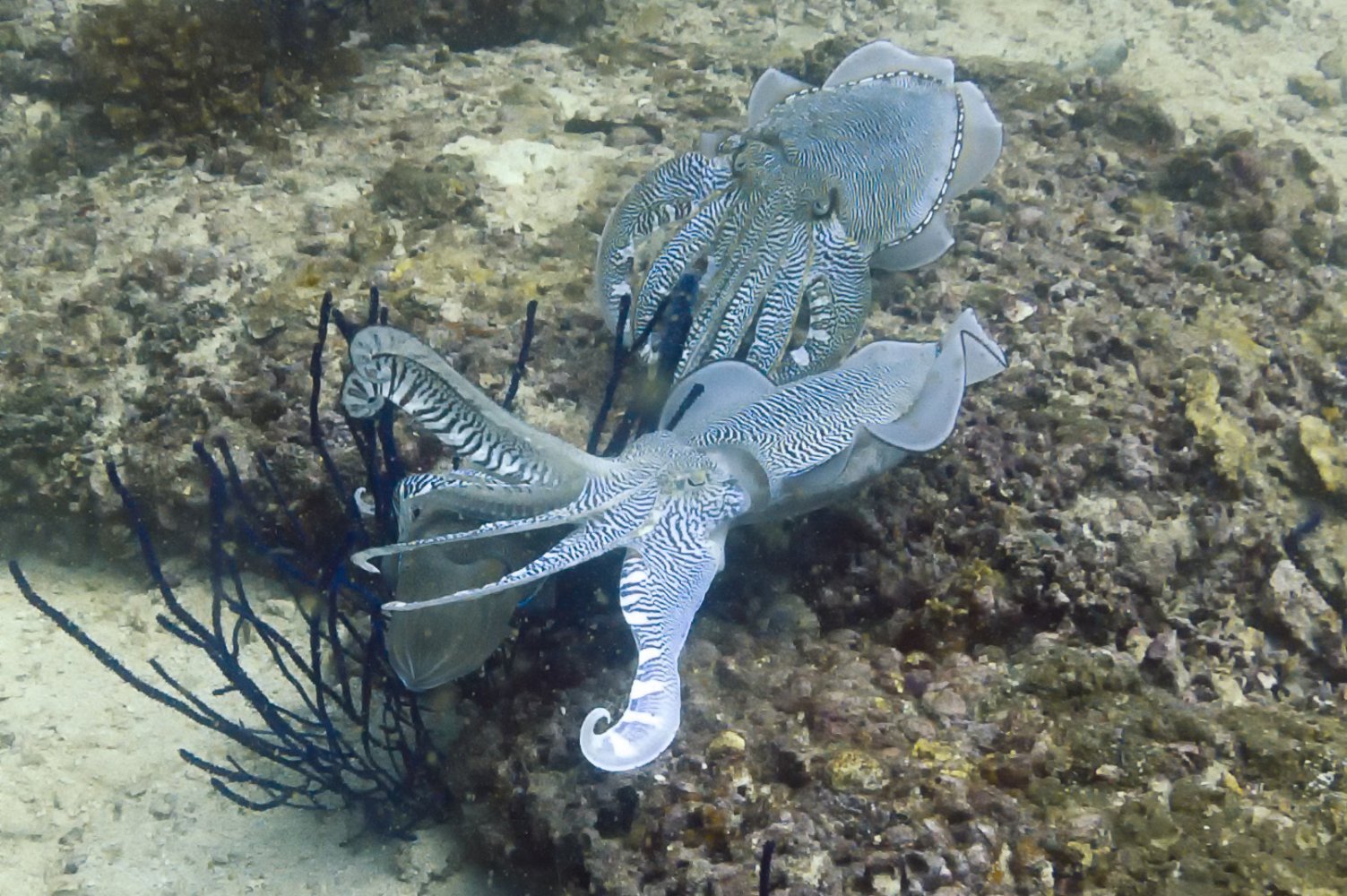Caterpillars are typically known for munching on leaves, but a rare Hawaiian species has evolved a far more macabre diet. Dubbed the “bone collector,” this caterpillar adorns its silken case with the discarded exoskeletons of insects, a camouflage strategy that allows it to live undetected within the webs of spiders, its unsuspecting landlords. This remarkable discovery, published in Science, highlights the unique biodiversity of Hawaii and the threats these specialized creatures face.
The bone collector caterpillar, belonging to the genus Hyposmocoma, represents a singular lineage within a diverse group of Hawaiian caterpillars, most of which construct protective cases. Lead researcher Daniel Rubinoff and his team at the University of Hawaii at Manoa have dedicated decades to studying these insects. This particular species stands out not only for its unusual camouflage but also its carnivorous diet, a rarity among caterpillars, with less than 0.13% known to be meat-eaters.
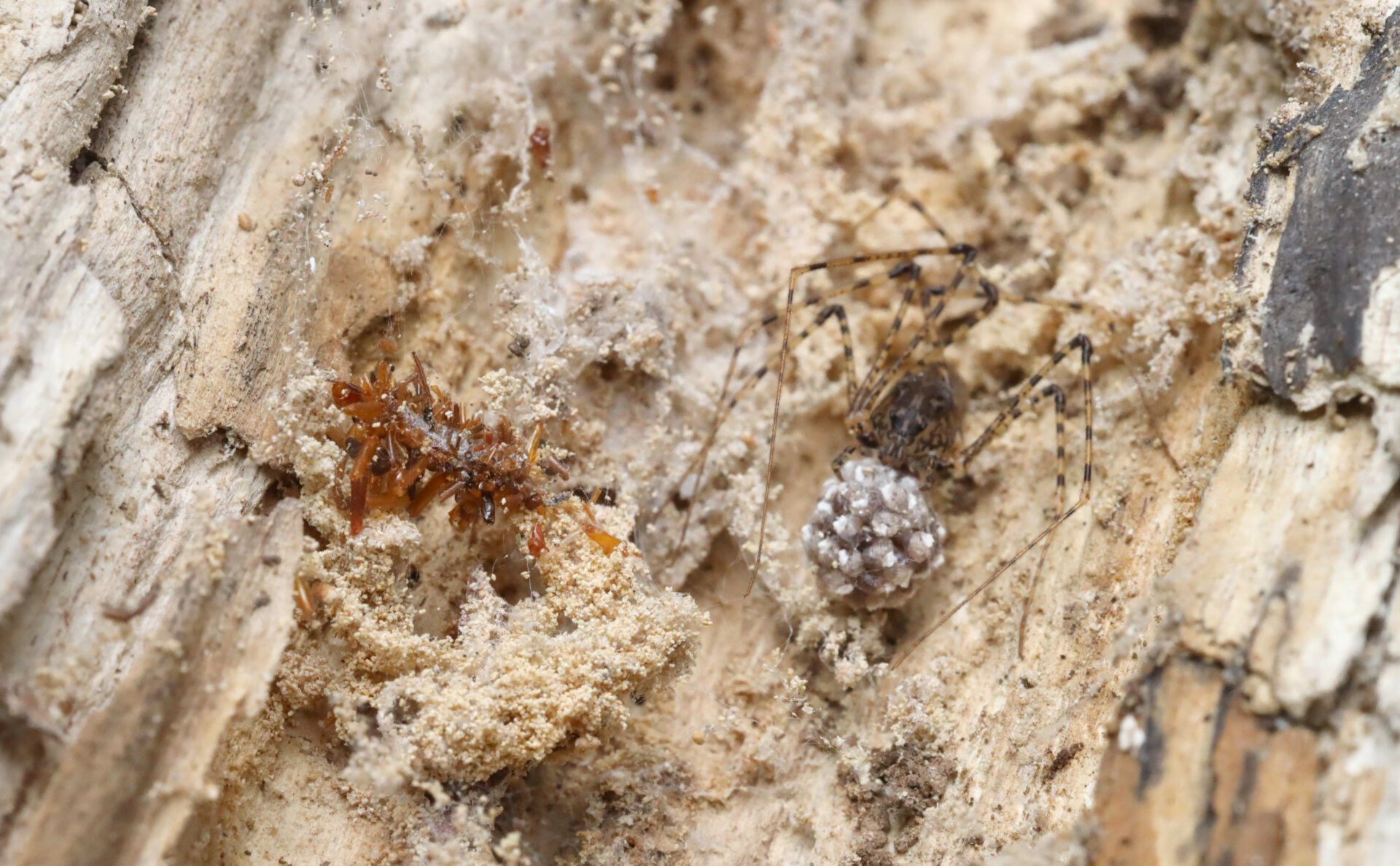 Rubinoff Ads4243 Image 1
Rubinoff Ads4243 Image 1
Living within a spider’s web is a risky proposition, akin to residing in a lion’s den. Yet, the bone collector caterpillar thrives in this precarious environment, scavenging on insects trapped in the web, effectively stealing the spider’s treasure. This unusual ecological niche showcases the adaptability and sometimes unexpected turns of evolution, particularly in isolated environments like Hawaii.
Rubinoff first encountered these caterpillars in 2008, but research has been hampered by limited funding. The bone collector’s known habitat is restricted to a small, 10-mile (16-kilometer) stretch of forest in the Waiʻanae mountain range on the island of Oʻahu. However, genetic analysis suggests the lineage dates back at least six million years, predating the formation of Oʻahu itself. This indicates a wider distribution in the past, with ancestors inhabiting older Hawaiian islands.
The caterpillar’s current restricted range is likely due to multiple factors, including deforestation and other human-induced habitat disturbances. However, the most significant threat comes from invasive species, which have transformed Hawaiian forests into biological deserts, hostile to native species. While the bone collector caterpillar can coexist with some non-native spiders, its small population remains highly vulnerable.
 bone collector caterpillar
bone collector caterpillar
Hawaii, unfortunately, is known as the “extinction capital” of the world, and the bone collector caterpillar could be the latest victim. This precarious situation underscores the urgency of conservation efforts. Further research is needed to unravel the genomic basis of the caterpillar’s unique adaptations, from its ability to recognize and manipulate insect remains to its carnivorous metabolism. These insights could not only shed light on the evolutionary history of this fascinating creature but also inform strategies for its preservation.
The survival of the bone collector caterpillar depends on increased conservation efforts and a deeper understanding of its remarkable biology. Its existence is a testament to the wonders of evolution and a stark reminder of the fragility of island ecosystems.



